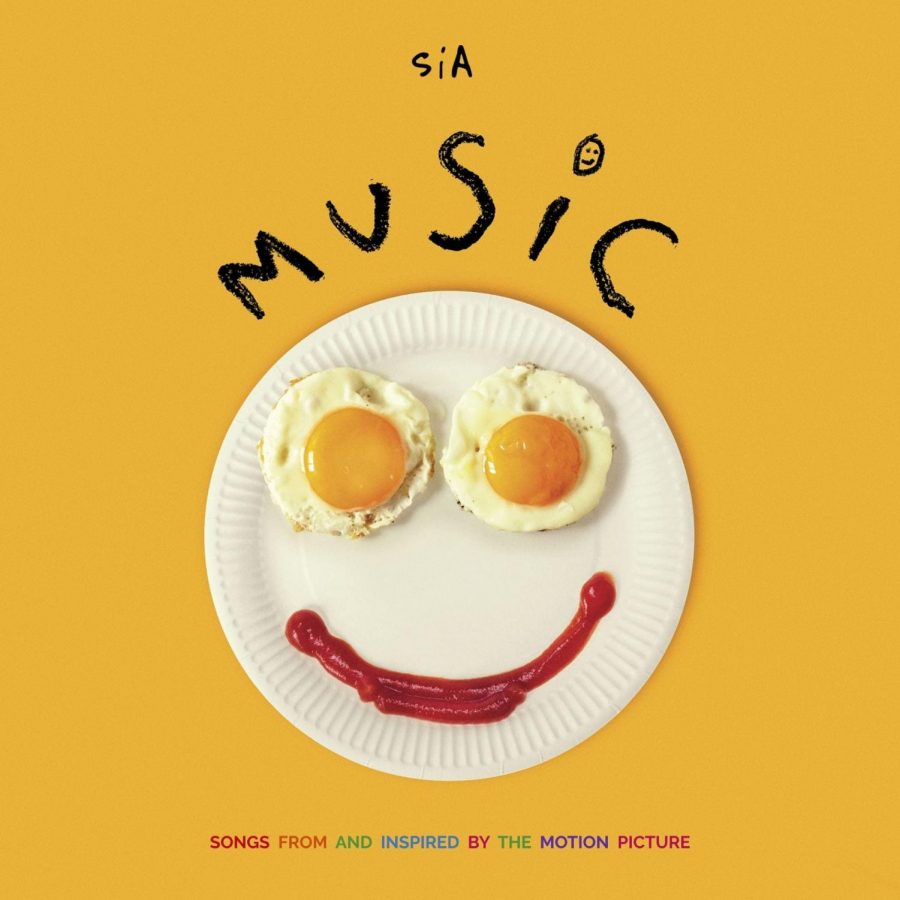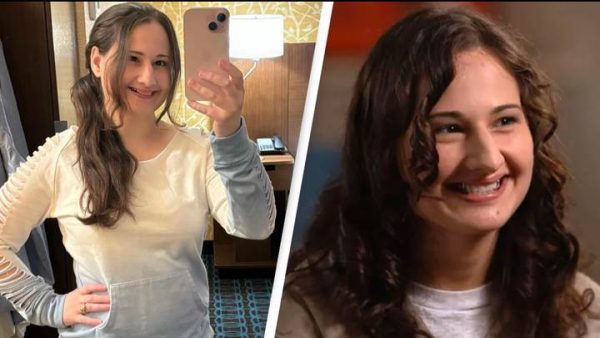The problem with Sia’s new movie, “Music”
Even before its release on Feb. 10, 2021, Sia’s movie, “Music,” faced numerous questions about Sia’s choice to cast Maddie Ziegler, her goddaughter, best known for her role in Dance Moms, to play the lead. The issue is that Ziegler is neurotypical and the lead, Music, is on the autism spectrum; rather than casting an actor who was on the autism spectrum, who would better understand and fit the role, Sia decided to pick a close friend for the role. After the movie was released was when viewers realized the extent at which the movie had failed. “Music” follows Kate Hudson as the newly sober character named Zu who unexpectedly becomes the guardian of her half-sister, Music.
In the film, Ziegler’s portrayal of a character on the autism spectrum is overexaggerated to the extent that it’s mocking, with her over-the-top facial expressions and constant smile making many viewers uncomfortable. Throughout the film, there are also wholly inaccurate and harmful depictions of aiding someone with autism, such as a scene where multiple individuals are holding and restraining Music in an attempt to calm her down. This is an unsafe practice that occurs in real life and has led to many traumatic experiences and even deaths. Having a scene like this in the movie not only shows a lack of care that was put into the film, it provides a dangerous lesson for viewers who are not aware of how to properly help an individual on the autism-spectrum; They may believe these actions are correct, and more people with autism may suffer thanks to Sia’s misinformation.
Comments have also been made about the movie’s inaccessibility to those who it is supposed to depict and support. The constant flashing lights and colors included in the film (often during a dance scene) are extremely dangerous for those with epilepsy, and there was no trigger warning provided. Statistically, one in three individuals on the autism spectrum have epilepsy, and the effects in the movie could result in dangerous seizures for them. Another issue is that Ziegler’s character is meant to be biracial, whereas Ziegler is only white. Sia put braids in her hair and darkened her skin tone, which many viewers saw as blackface.
When upset viewers attempted to get some answers from Sia, her responses to the criticism were less than respectful or helpful. Before deactivating her Twitter account, Sia tweeted claiming that she had conducted research for the film for three years and does not see anything wrong with her actions, despite displaying inaccurate and inappropriate information about individuals on the autism spectrum and being called out by those who know first hand that these portrayals were wrong. Sia also wrote, “there are 13 people on the spectrum in the movie” but felt the need to include in this statement that she didn’t cast them as “prostitutes or drug addicts”. Another tweet she put out was in response to an autistic actor saying that they, and many others all would have done the film, to which Sia replied, “Maybe you’re just a bad actor.” She has also said that she started working with an autistic actor but that the girl “found it unpleasant and stressful,” therefore she switched to Ziegler.
Casting an individual that does not have autism as a character who is on the autism spectrum is ableist and perpetuates incorrect stereotypes about those on the spectrum, and Sia’s passive responses have added to the movie’s problems.
In the end, this movie is a catastrophic portrayal of misconceptions surrounding autism, and it provides incorrect and harmful information. The misrepresentation of the autistic community is disrespectful and only furthers belief in stereotypes of how individuals on the autism spectrum act and behave. Rather than watch this film, your time would be better spent watching and supporting autistic creators in all forms and supporting organizations that educate people about autism, and support the autistic community.
Your donation will support the student journalists of Neuqua Valley High School. Your contribution will allow us to print our next newspaper edition as well as help us purchase equipment and cover our annual website hosting costs.
Maddie is a senior and a first year member of The Echo. She is involved with Orchesis dance team. Her hobbies include dance, reading, and drawing. In the...
Olivia is a second year member of The Echo. Their hobbies include listening to K-pop, hanging out with friends, and going on walks. In the future, she...











